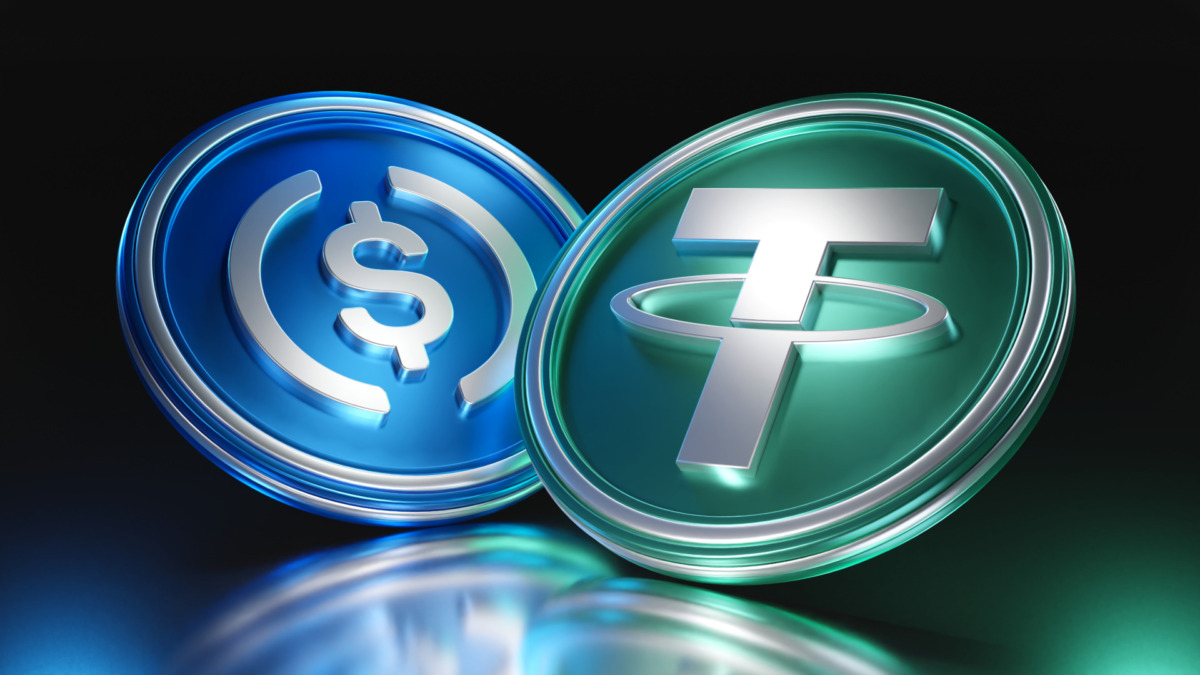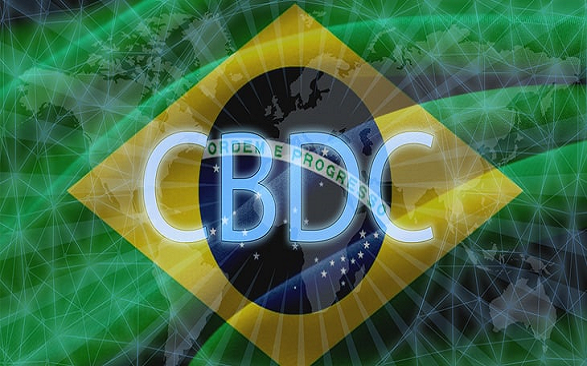Stablecoin issuers like Circle and Tether are making headlines by accumulating more U.S. Treasuries than many countries. This trend has sparked discussions about the potential impact on the U.S. economy and financial stability.
Stablecoins pegged to the U.S. dollar and backed by reserves like Treasury bills, have transitioned from a niche crypto tool to a mainstream financial instrument. The passage of the Genius Act in July has further legitimized stablecoins, prompting banks and Fortune 500 companies to explore their potential. Transaction volumes of stablecoins even surpassed Visa’s in early 2024, highlighting their growing popularity for cross-border payments and crypto trading.
Tether is the Biggest Holder of U.S. Treasuries
Tether, the biggest player in the stablecoin game, is making some major moves in the world of U.S. Treasuries. They are holding over $100 billion in Treasury bills, which puts them ahead of some big countries like the United Arab Emirates and Germany. In fact, the stablecoin industry as a whole is now the 18th largest external holder of U.S. Treasuries.
- Tether’s Treasury Holdings: Over $127 billion, including $100.2 billion in Treasury bills, $20.5 billion in overnight repurchase agreements, and $6.3 billion in term reserve repurchase agreements.
- Comparison to Countries: Tether’s holdings surpass those of South Korea ($125.8 billion), Germany ($111.4 billion), and Australia ($97.5 billion).
- Impact on Finance: Tether’s massive Treasury purchases enhance USDT’s liquidity, stabilizing crypto markets during volatility.
Read also: MiCA is Very Dangerous for Stablecoins, warns Tether CEO
Circle is also crushing it!
Circle, the issuer of USDC, is crushing it! Its market cap has grown a whopping 90% in the past year, hitting around $65 billion. And projections from Apollo suggest the entire stablecoin sector could balloon to a massive $2 trillion by 2028.
- USDC Growth: USDC’s market cap is now around $61.4 billion to $65 billion.
- Regulatory Advantage: Circle’s USDC is positioned well due to the GENIUS Act, which sets a federal framework for stablecoins, emphasizing compliance and reserves.
- Competition with Tether: USDC is the second-largest stablecoin, with Tether (USDT) leading at $158.9 billion market cap.
What Does the Future Hold for Stablecoins?
- Massive Growth Potential: The stablecoin market could hit $2 trillion by 2028, and possibly $3.7 trillion by 2030.
- Growing Influence: Stablecoins like Tether’s USDT and Circle’s USDC are becoming significant players in global finance, potentially cementing the U.S. dollar’s dominance.
- Top 2 Stablecoin Issuers’ Strategic Positioning: With the GENIUS Act establishing a federal framework for stablecoins in the U.S, Tether will most likely boost its compliance levels while also continuing to leverage its competitive edge in the decentralized finance (DeFi) space to keep USDT on the no. 1 spot. On Circle’s part, it is poised to dominate the centralized finance (CeFi) and traditional finance (TradFi) stablecoin market with the more compliant USDC.
- Potential Risks: Critics raise concerns about stablecoin transparency and risks of money laundering.
- The U.S Economy and Financial Stability: Stablecoin issuers, as consistent buyers of U.S. Treasuries, could boost confidence for the Treasury Department in placing debt. However, the fast-growing integration of stablecoins with TradFi as banks increasingly become custodians calls for some level of caution.
Potential Risks and Benefits
- Dollar Dominance: Proponents believe that stablecoins could enhance dollar dominance in global payments. With stablecoins pegged to the U.S dollar, they might increase the dollar’s usage in international transactions, especially in countries with less stable currencies. However, opposing side’s concerns are that in inflation-challenged economies or countries with less stable currencies, widespread adoption of dollar-pegged stablecoins could impact the value and stability of local currencies. This might reduce the effectiveness of local monetary policies and increase dependency on the U.S dollar.
- Financial Stability Risks: Critics fear that stablecoins might enable the siphoning of money away from traditional bank deposits as users shift holdings to stablecoins. Since bank deposits are crucial for liquidity and lending, this shift could potentially threaten the credit system and financial stability. But proponents disagree, arguing that this concern is “politically expedient,” comparing stablecoins to money market funds which didn’t harm banks’ lending abilities despite trillions in assets.
Apparently, finding a balance between fostering innovation in stablecoins and mitigating potential risks to financial stability and local currencies is key. As stablecoins continue to grow and begin to move the cheese, their impact on traditional finance and local economies might become more pronounced.
Original content by Leo Schwartz, senior writer at Fortune, inspired this story with additional information sourced from recent updates on Tether and Circle’s holdings, as well as the consideration of financial stability risks.
Read also: “Nigeria is Open for Stablecoin Business”, says SEC Nigeria. But reality points otherwise.
Discover more from Crypto Asset Buyer
Subscribe to get the latest posts sent to your email.



